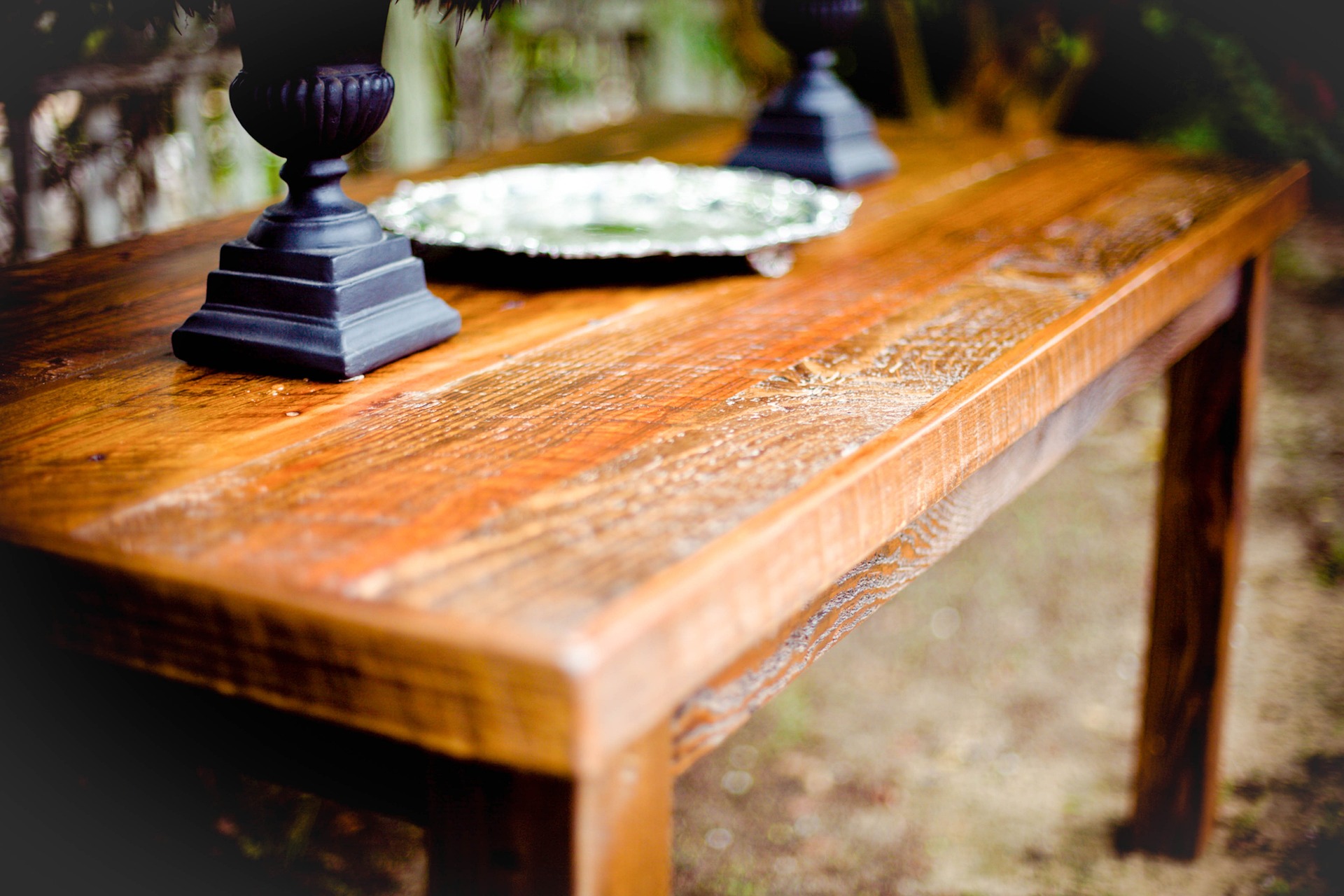Embracing Wabi-Sabi: The Art of Imperfect Beauty in Home Design
In a world obsessed with perfection, a quiet revolution is taking place in home interiors. Enter wabi-sabi, the ancient Japanese philosophy that celebrates the beauty of imperfection, impermanence, and incompleteness. This design ethos is gaining traction among homeowners seeking a more authentic, lived-in aesthetic that eschews the polished perfection of glossy magazines. Let's explore how wabi-sabi is reshaping our approach to home decor and why it might be the antidote to our stress-filled, image-conscious lives.

In the context of home design, wabi-sabi translates to an appreciation for natural materials, handcrafted items, and spaces that tell a story. It’s about embracing the knots in wood, the patina on metal, and the worn edges of beloved furniture pieces. This philosophy stands in stark contrast to the sleek, minimalist aesthetics that have dominated interior design trends in recent years.
The Aesthetic Principles of Wabi-Sabi
At its core, wabi-sabi design is characterized by several key principles. Simplicity is paramount, with an emphasis on pared-down spaces free from clutter and excess. Natural materials like wood, stone, and clay take center stage, often left in their raw, unfinished state to highlight their inherent textures and imperfections.
Color palettes in wabi-sabi interiors tend to be muted and earthy, drawing inspiration from nature. Think soft greys, warm browns, and subdued greens. These hues create a calming atmosphere that encourages reflection and mindfulness.
Asymmetry and irregularity are also hallmarks of wabi-sabi design. Rather than striving for perfect balance, this approach embraces the charm of the slightly off-kilter. A handmade ceramic vase with an uneven rim or a weathered wooden table with visible knots exemplify this aesthetic.
Incorporating Wabi-Sabi into Your Home
Embracing wabi-sabi doesn’t mean completely overhauling your space. Instead, it’s about shifting your perspective and making thoughtful choices that align with this philosophy. Start by decluttering and simplifying your rooms, keeping only items that truly resonate with you or serve a purpose.
Introduce natural elements through materials like unfinished wood, stone, or linen textiles. Look for pieces with visible imperfections or signs of age, such as a vintage leather armchair with a well-worn patina or hand-thrown pottery with slight irregularities.
Consider leaving some walls bare or opting for simple, organic artwork that doesn’t overwhelm the space. Wabi-sabi interiors often feature open spaces that allow for contemplation and a sense of tranquility.
The Psychological Benefits of Wabi-Sabi Living
Beyond its aesthetic appeal, wabi-sabi offers profound psychological benefits in our fast-paced, perfection-driven world. By embracing imperfection in our living spaces, we give ourselves permission to let go of unrealistic standards in other areas of our lives.
Research has shown that living in environments that prioritize authenticity over perfection can reduce stress and anxiety. The wabi-sabi approach encourages mindfulness and appreciation for the present moment, fostering a sense of contentment with what we have rather than constantly striving for more.
Moreover, surrounding ourselves with objects that have history and character can deepen our connection to our homes and possessions. In a culture of disposable consumerism, wabi-sabi offers a more sustainable and meaningful way of living.
Wabi-Sabi in the Garden
The principles of wabi-sabi extend beyond interior spaces into the garden, where they find a natural home. In contrast to manicured lawns and perfectly pruned hedges, a wabi-sabi garden embraces the wild and untamed aspects of nature.
Consider allowing some areas of your garden to grow freely, incorporating native plants that require minimal intervention. Embrace the beauty of weathered stone pathways, moss-covered rocks, and naturally aged wooden structures. Instead of hiding the effects of time, celebrate them as part of your garden’s evolving story.
The Future of Wabi-Sabi in Home Design
As we move towards more sustainable and mindful ways of living, the appeal of wabi-sabi is likely to grow. This philosophy aligns well with the increasing interest in slow living, minimalism, and eco-conscious design.
Designers and homeowners alike are finding creative ways to incorporate wabi-sabi principles into modern spaces. We’re seeing a rise in the use of reclaimed materials, handcrafted items, and designs that prioritize durability and timelessness over fleeting trends.
The wabi-sabi approach also dovetails with the growing maker movement, which values handmade, artisanal products over mass-produced items. This shift not only supports local artisans but also infuses homes with unique, characterful pieces that embody the wabi-sabi spirit.
Challenges and Misconceptions
While the concept of wabi-sabi is gaining popularity, it’s not without its challenges. One common misconception is that wabi-sabi equates to neglect or poor maintenance. In reality, it’s about finding beauty in natural aging processes, not about letting things fall into disrepair.
Another challenge lies in balancing wabi-sabi principles with modern conveniences and technologies. How do we incorporate necessary gadgets and appliances without disrupting the serene, organic feel of a wabi-sabi inspired space? Designers are tackling this by finding creative ways to conceal technology or choosing devices with simple, unobtrusive designs.
Conclusion: Embracing Imperfection in a Perfect World
In a culture that often equates worth with newness and flawlessness, wabi-sabi offers a refreshing alternative. By embracing the imperfect, the aged, and the authentic in our homes, we create spaces that are not just visually interesting but also emotionally resonant and deeply personal.
The wabi-sabi philosophy reminds us that true beauty lies not in achieving perfection, but in accepting and celebrating the natural cycle of growth, decay, and renewal. As we navigate an increasingly digital and artificial world, the timeless wisdom of wabi-sabi offers a grounding force, encouraging us to find joy in the simple, the imperfect, and the ever-changing nature of life itself.





